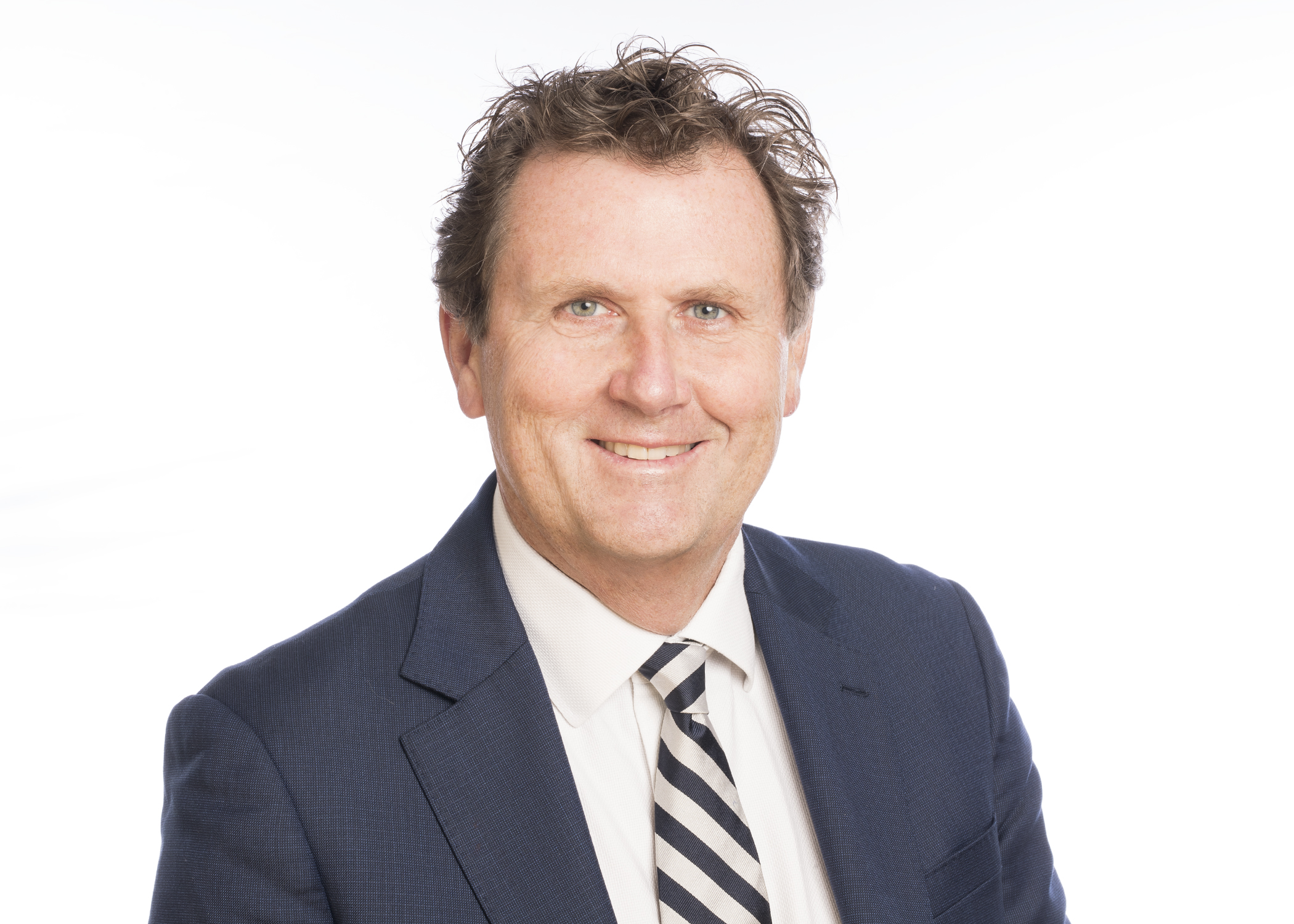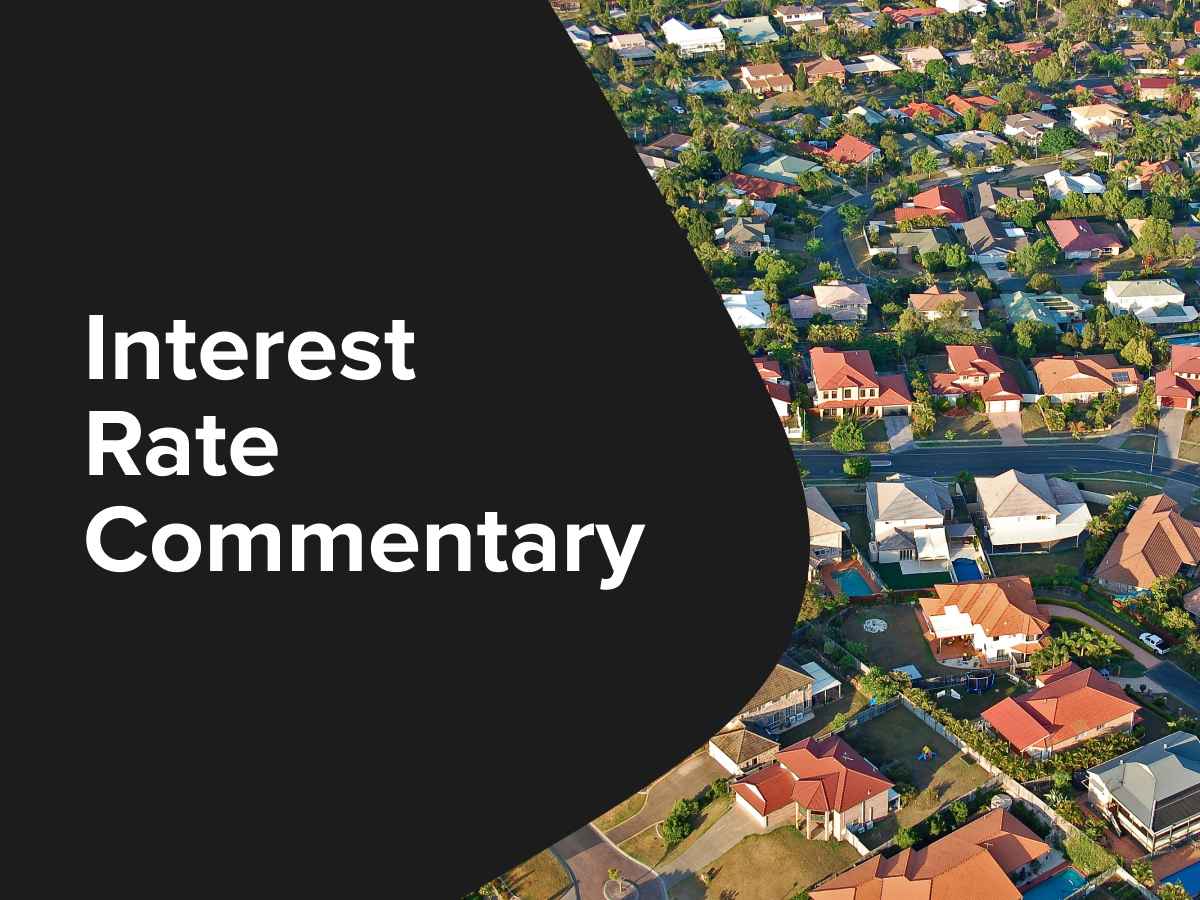Today’s decision by the Reserve Bank of Australia (RBA) board to hold the cash rate at 4.35 per cent was favoured by economists and priced by the markets. The central bank has held it steady at this rate since November last year.
The outcome likely reflected the at forecast 0.8% q/q trimmed mean outcome for Q3, which just allows the RBA Board to claim continuing progress toward the 2.5% inflation target the Board is trying to achieve by the second half of 2026.
It will be interesting to see in the Governor’s press release whether there was serious discussion of a further insurance rate rise at this meeting, as some Board members may be growing more worried about the risk of continuing to underachieve on the inflation target, as the Board continues to arguably overachieve on its unemployment mandate.
A rate hold will likely not be welcomed by those struggling under high interest rates and high cost of living, however, the Board has been clear that Australian interest rates will remain high until it has greater confidence that inflation will return to target.
Bottom line:
A mild dovish shift in the statement, with growth revised lower, unemployment slightly higher and inflation slightly lower at the end of the forecast period (all very, very marginal changes but all in the same marginally dovish direction).
Perhaps more tellingly, the statement drops the phrase in relation to inflation “proving persistent”, but reiterates that inflation is too high and that rates will remain sufficiently restrictive until the board has greater confidence that inflation will return to target.
That suggests some progress but is likely to require at least one and possibly two more well behaved quarterly CPI outcomes, depending of course on what else is happening in the economy, especially with the unemployment rate.
There’s little to suggest Australian interest rates will drop before Christmas, or that a significant easing cycle is likely either, if these forecasts are correct. With job ads stabilising and employment growth still strong, early rate cuts seem very unlikely.
Key points:
- Inflation is still too high, but the first heading of the statement dropped “is proving persistent” which suggests some progress towards target.
- Nevertheless the board remains very focused on returning inflation to target and doesn’t yet have sufficient confidence to signal lower rates are under consideration. It will be interesting in the governor’s press conference to assess whether there was any serious consideration given to either a hike or a cut at this meeting. The slight dovish forecast changes suggest less risk of the consideration of a rate rise than I assessed recently.
- End of 2026 inflation revised lower to 2.5% from 2.6% (tiny change – but back at the midpoint of the target);
- End of 2026 unemployment revised higher to 4.5% from 4.4% (also a tiny change – very unusual for unemployment to remain so stable as forecast, so likely this forecast will be wrong);
- Growth for 2025 revised lower from 2.4% to 2.2% and for 2026 from 2.5% to 2.3%. These growth forecasts are still not significantly below trend.
- In total marginally dovish forecast changes, but none that suggest a likely dramatic or significant monetary policy easing cycle will be required in Australia. In fact, quite close to the perfect forecasts – unemployment rises slowly to full employment level, inflation comes back to target and growth is only marginally below trend.

Get started with CreditorWatch today
Take your credit management to the next level with a 14-day free trial.
